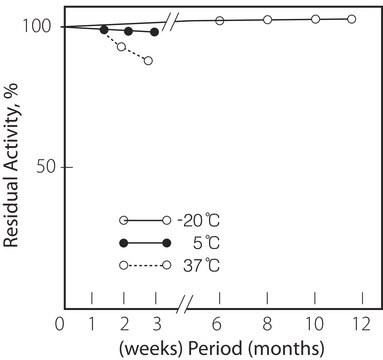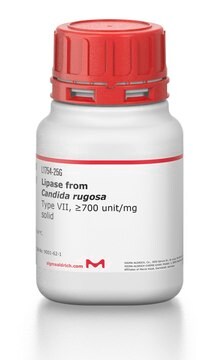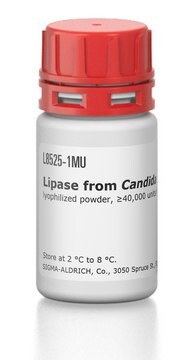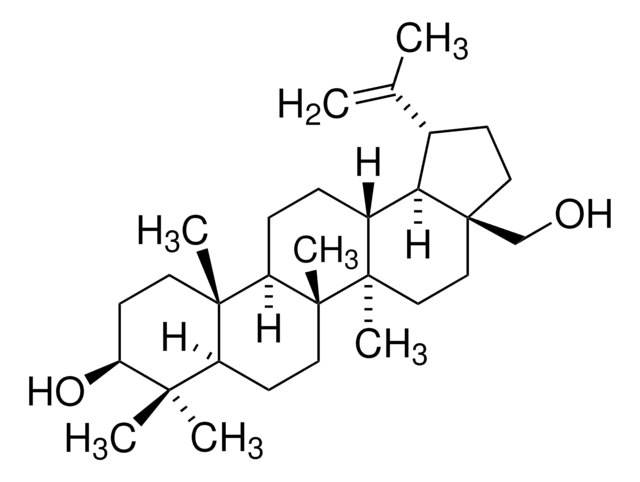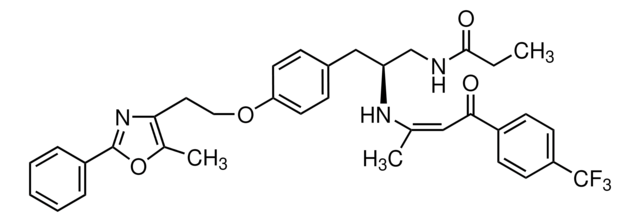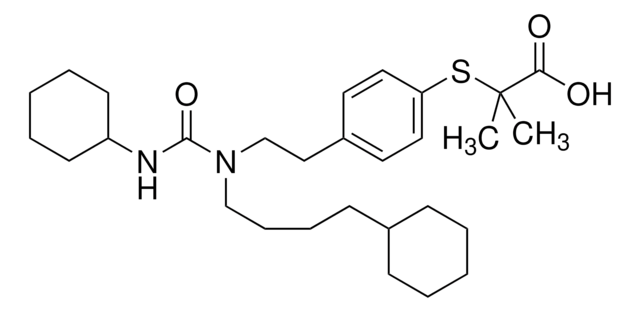P0359
Palmitoylethanolamide
Sinónimos:
N-(2-Hydroxyethyl)hexadecanamide, PEA, Palmidrol
About This Item
Productos recomendados
Formulario
powder
Nivel de calidad
temp. de almacenamiento
−20°C
cadena SMILES
CCCCCCCCCCCCCCCC(=O)NCCO
InChI
1S/C18H37NO2/c1-2-3-4-5-6-7-8-9-10-11-12-13-14-15-18(21)19-16-17-20/h20H,2-17H2,1H3,(H,19,21)
Clave InChI
HXYVTAGFYLMHSO-UHFFFAOYSA-N
Información sobre el gen
human ... CNR1(1268) , CNR2(1269)
rat ... Faah(29347)
Aplicación
Acciones bioquímicas o fisiológicas
Ligadura / enlace
Palabra de señalización
Danger
Frases de peligro
Consejos de prudencia
Clasificaciones de peligro
Aquatic Chronic 2 - Eye Dam. 1 - Skin Irrit. 2
Código de clase de almacenamiento
13 - Non Combustible Solids
Clase de riesgo para el agua (WGK)
WGK 2
Punto de inflamabilidad (°F)
Not applicable
Punto de inflamabilidad (°C)
Not applicable
Equipo de protección personal
Eyeshields, Gloves, type N95 (US)
Elija entre una de las versiones más recientes:
¿Ya tiene este producto?
Encuentre la documentación para los productos que ha comprado recientemente en la Biblioteca de documentos.
Los clientes también vieron
Nuestro equipo de científicos tiene experiencia en todas las áreas de investigación: Ciencias de la vida, Ciencia de los materiales, Síntesis química, Cromatografía, Analítica y muchas otras.
Póngase en contacto con el Servicio técnico